Finer points: What's a Rhomboid?
Back in 1989 the American Ibizan Hound standard was revised. Part of the revision included a pared down description of the Ibizan's ears.
...large prick ears...With the exception of the ears, he should not appear extreme or exaggerated.
That is all that the present standard says about the ears. Sometimes
less is more
, but that does not seem to apply here. The Spanish felt
the ears of an Ibizan important enough to devote a paragraph describing them.
The previous American standard echoed the Spanish:
Prominent prick ears, always rigid; erect on alert, but highly mobile and at times pointed forward, sideways, or backwards according to mood. The center of the base is at the level of the eyes, and in the form of an enlarged rhomboid rhom·boid (rŏm´ boid´)geometric figure consisting of a parallelogram with no right angles and with adjacent sides of unequal length, distinguished from a rhombus which all sides are equal in length. Essentially it is a rectangle that is skewed. truncatedtrun·cate (trŭg´kāt´)
to cut short or have the appearance of being trimmed off, an example is a trapezoid is a truncated triangle. at the third of its longer diagonal. Thin with the texture of fine leather, no hair in the interior.
The omission of the detailed description of the ears is serious since it is
one of the distinctive features that are exclusive to the Ibizan Hound. There
is a lot of information pack into the above definition, so let's break it
down to discover the Ibizan Hound ear
.
A prick ear just means an ear that stands erect. Many breeds have prick ears but do not look at all like an Ibizan's ear. Prick alone will not suffice in defining the ear. The Pharaoh Hound, a very close cousin, has a prick ear, but it shape is subtly different than the Ibizan. The Pharaoh Hound has a triangular prick ear. Compare it to the rhomboidal shape of the Ibizan.
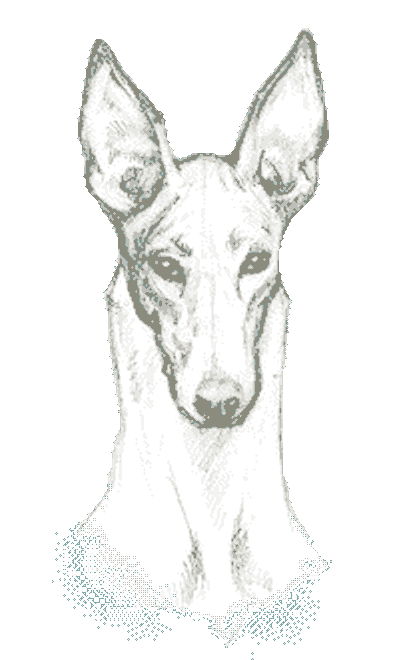
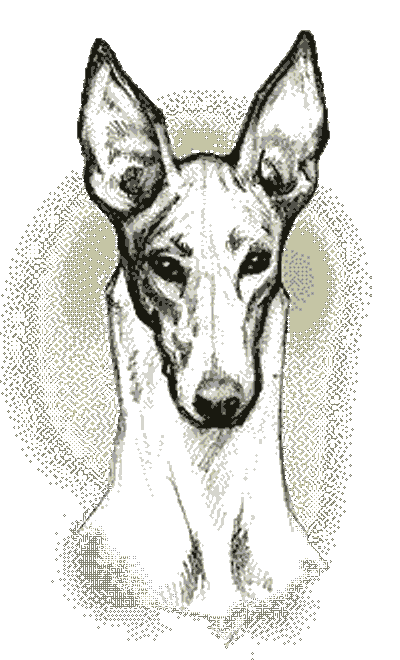
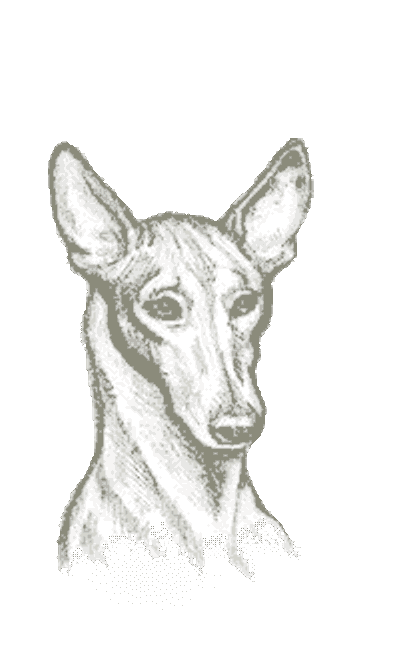
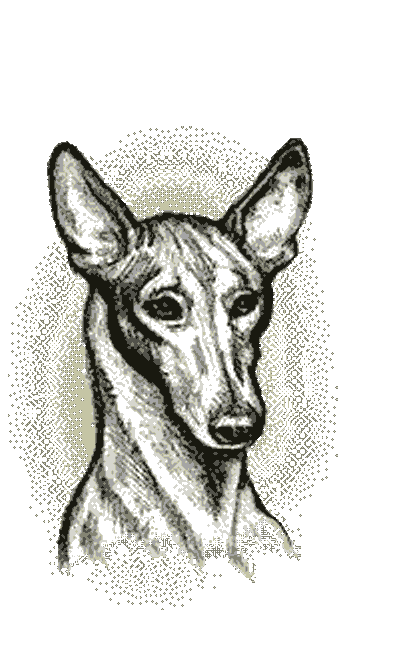
The extra angle in the ear is what gives the Ibizan the deer like appearance. The ears should be large and thin leathered. The sun should easily show through when backlit.
Part of the confusion with the original standard was with respect to the carriage of the ears. The ears should be erected yet mobile. This appears to be a contradiction, but it is not. The Ibizan function is to hunt small game in rough, rocky and brushy areas. He is a sonic hound as much as a sight hound. Studying them while hunting in such environments, they will pounce and stamp the ground to flush the game, then pause to focus these mobile ears, like bats, to locate the slightest sound of movement. The ears are erect but may be directed anywhere depending on where and what the dog is focused upon. Mobility of the ear is essential to the Ibizan's hunting technique and a small thick static ear is incorrect for the breed. The ears may fold back at times, but should not limply droop or hang. The ears when lowered should be a conscious act and should fold like a bird's wing and not curl up into a rose as with greyhounds. When viewed from the side, the ear should also follow the sweep of the neck with a slight backward curve.
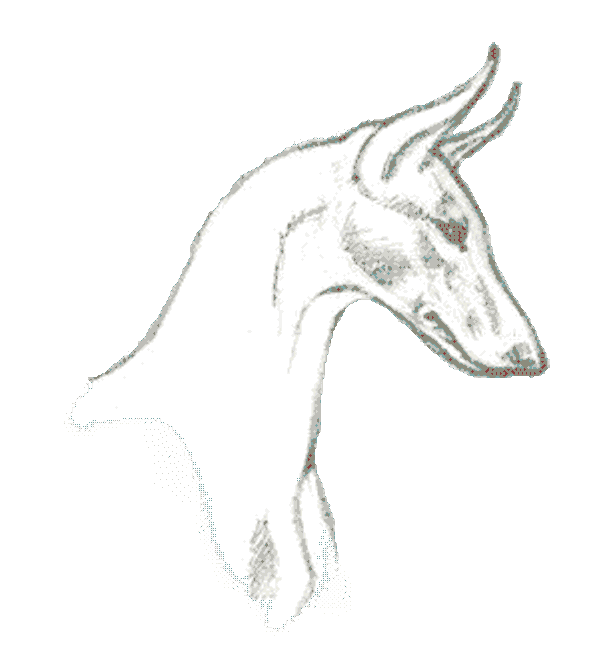

To lose these attributes of the Ibizan's ears would mean the loss of a defining aspect of the Ibizan Hound type. If these elusive features are lost it may impossible to restore them.